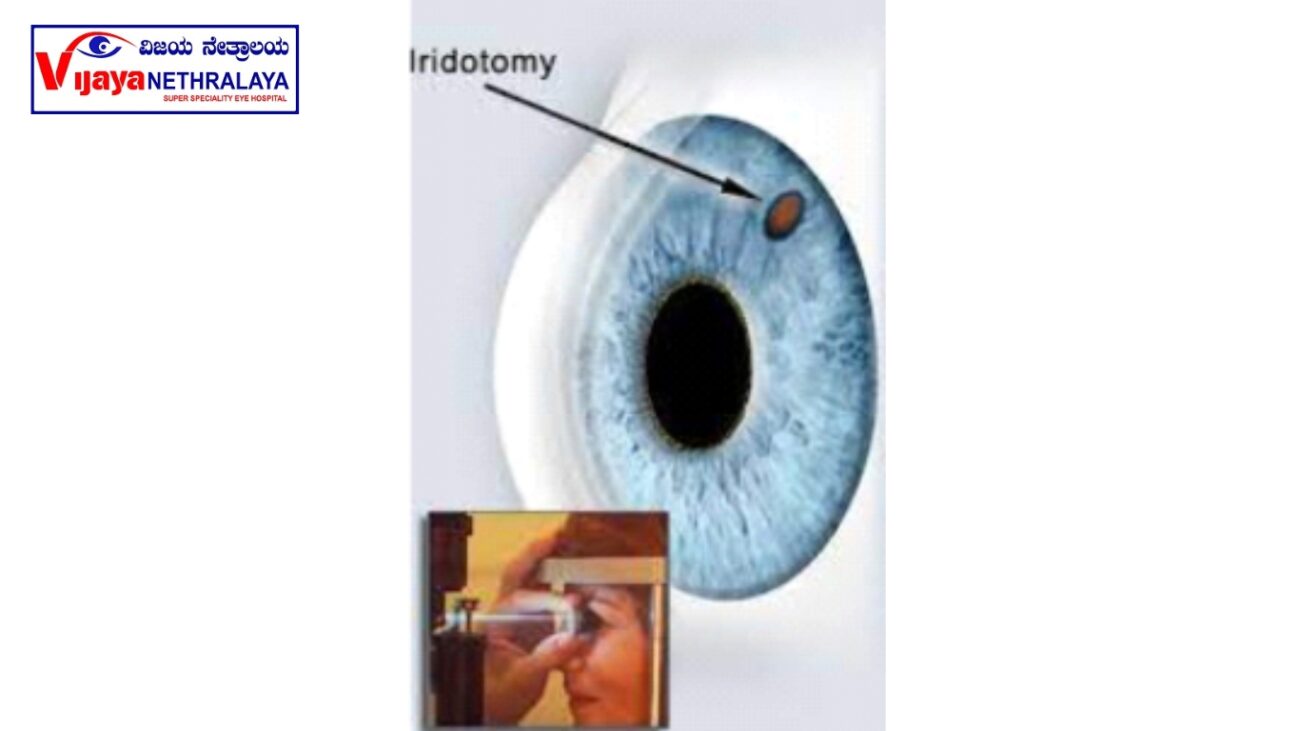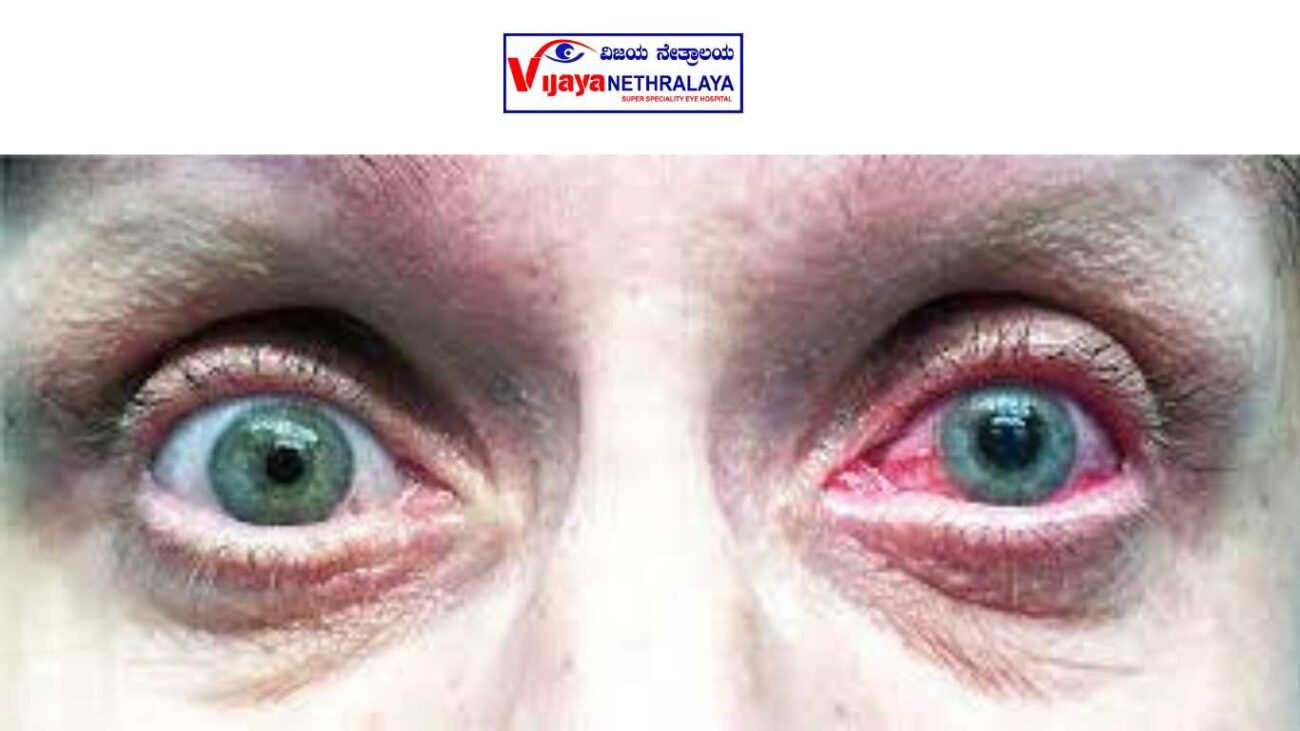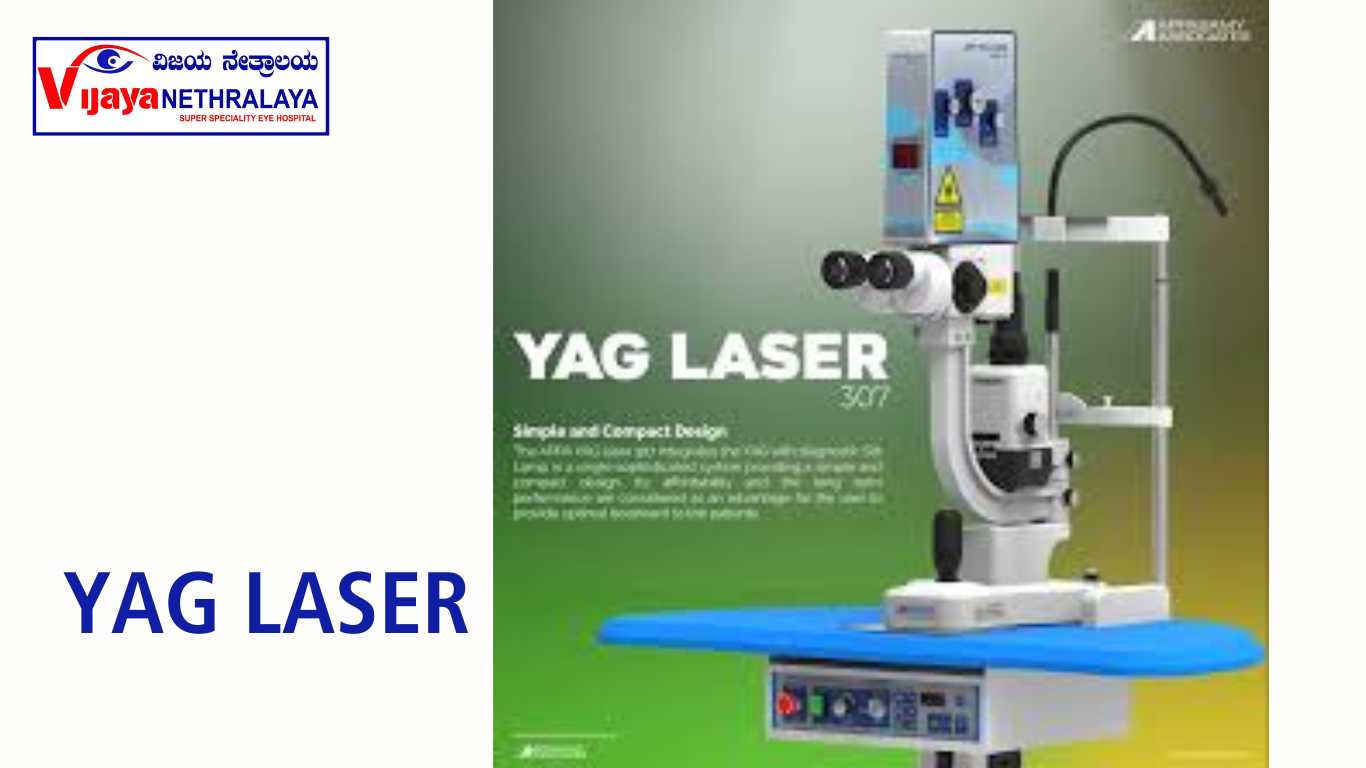Introduction:
In the field of ophthalmology, innovative technologies have revolutionized various surgical procedures. One such advancement is the YAG Laser PI, a cutting-edge technique used for precise and safe eye surgery. This article aims to explore the intricacies of YAG Laser PI, its benefits, applications, procedure, and safety considerations.
What is YAG Laser PI?
YAG Laser PI, also known as YAG Laser Peripheral Iridotomy, is a minimally invasive surgical procedure performed on the iris to improve eye health and vision. It involves using a YAG (yttrium aluminum garnet) laser to create a small opening in the iris, allowing proper fluid drainage and alleviating conditions such as glaucoma.

What is laser iridotomy?
An iridotomy is a small hole created with the laser beam in the iris (colored part of the eye).The iridotomy allows fluid to circulate freely within the eye, minimizing the risk of a sight-threatening pressure rise. A laser peripheral iridotomy is performed to treat or prevent a sudden rise in pressure inside the eye due to narrow angles, narrow-angle glaucoma, or acute angle closure glaucoma. This is generally done in the far edge (periphery) of the iris to help open the drainage angle and the hole is not visible to the naked eye.

Why do I need this procedure?
1.To prevent an attack of acute glaucoma
2. To treat chronic glaucoma where the drainage channel is very narrow.
3.To treat an attack of acute glaucoma
What are narrow-angle and angle closures?

The pressure in each eye is kept at the level of fluid coming into the eye. It flows in behind the iris, then forward through the pupil, and leaves the eye in the ‘angle’ – the gap between the edge of the iris and the clear window at the front of the eye (cornea). Angle-closure glaucoma is when the iris completely blocks fluid (called aqueous humor) from leaving the front of the eye. This is a serious problem that can cause high pressure inside the eye (intraocular pressure), which can be painful and can cause permanent damage to the optic nerve and permanent vision loss known as glaucoma, for which there is no cure. Blindness. Laser iridotomy helps fluid drain properly again, lowering your eye pressure. Laser iridotomy is also used to prevent angle-closure glaucoma in people who are at risk of having this problem. These people have what is called a “narrow-angle.” If the iris suddenly blocks the drainage angle, it is called an attack of acute angle-closure glaucoma.
Symptoms of an attack include:
1.Hazy or foggy vision
2.Severe eye and/or brow pain
3.Headache, nausea, vomiting
4. Seeing rainbow-colored rings or halos around lights
An acute angle-closure glaucoma attack is an emergency. It must be treated quickly to prevent loss of vision. Some people do not have symptoms with their closed-angle glaucoma, but high pressure is still damaging the optic nerve. This is called chronic angle-closure glaucoma. This condition often requires surgery.
How is the Procedure done?
It is an outpatient procedure and normally takes approximately 15-30 minutes. On arrival, have a doctor who will explain the procedure and ask you to sign a consent form. A nurse will then put eye drop pilocarpine 2% to make the pupil small for better visualization of iris crypts, where the laser is to be performed. Anesthetic drops are applied. The procedure is performed with or without a contact lens. During the procedure, you will see some bright flashes of light, hear a clicking noise, and may feel slight discomfort as the laser is fired into the sensitive tissue of the iris. Laser shots are delivered to create a hole in the peripheral iris to allow aqueous to flow through.
What should I expect after treatment?
Your eye may become pink and sore and the vision is often disturbed for the rest of the day. For this reason, patients are strongly advised not to drive home. You may be prescribed steroid drops for a few days to control any inflammation and sometimes drops and /or tablets to bring the eye pressure back to normal. In severe cases, patients may need to have their eye pressure checked a few hours after treatment.
Benefits of treatment:
- Laser treatment aims to prevent raised intraocular pressure and reduce the risk of vision loss from glaucoma.
- When performed at an early stage, there is a 66-75% chance of “curing” the condition.
- In later stages, laser treatment may help slow or stop the progression of the disease.
- Advanced cases may require medication and/or surgery in addition to laser treatment.
- The procedure is performed to save the remaining sight and cannot restore lost vision or improve existing vision.
- The primary purpose of laser treatment is to prevent sudden increases in eye pressure.
- Without this treatment, there is a risk of developing sudden glaucoma and irreversible blindness.
What are the Side Effects?
- Mild, uncommon, and short-lived side effects may occur after YAG Laser PI.
- Redness, light sensitivity, and discomfort can be experienced for a few days after the procedure.
- There may be a temporary increase in eye pressure.
- Blurred vision is a temporary side effect.
- Temporary inflammation of the eye may occur.
- Hemorrhage from the laser hole inside the eye is fairly common, causing misty vision that usually resolves within 24 hours.
- Cystoid macular edema, a swelling in the retina, can occur and may be more frequent in diabetic patients. It can be successfully treated with drops in most cases.
- Less than 1% of people may experience a deterioration in vision following the procedure, with some experiencing glare.
- Additional laser treatment may be recommended if the laser hole is not large enough or if it closes up, requiring the procedure to be repeated at a later date.
Eye Words to Know:
Optic nerve: A nerve at the back of your eye that connects to your brain. The optic nerve sends light signals to your brain so you can see.
Aqueous humor: Clear liquid inside the front part of our eyes. Aqueous is different than tears. It nourishes the eye and helps it hold its shape.
Drainage angle: The area of the eye where the aqueous humor drains from the front of the eye.
Author Details:
Dr. Ravina Todi is a talented and dedicated Ophthalmologist with extensive experience in treating eye conditions. She holds an MS in Ophthalmology and is highly skilled in various procedures and surgeries. Dr. Todi has actively participated in research, publications, and professional organizations, demonstrating her commitment to advancing the field. With excellent patient care and a continuous pursuit of knowledge, she is highly regarded in her fielDr. Ravina Todi is a skilled Ophthalmologist specializing in glaucoma. With an MS in Ophthalmology, she has extensive experience in eye treatments and surgeries. Dr. Todi is dedicated to patient care and advancing the field through research and publications. Her expertise in glaucoma management makes her highly regarded in her profession.


